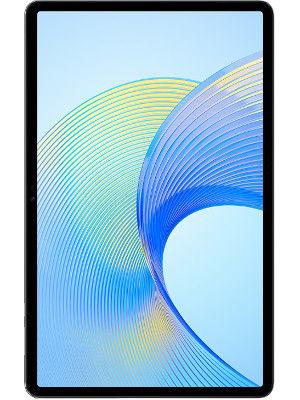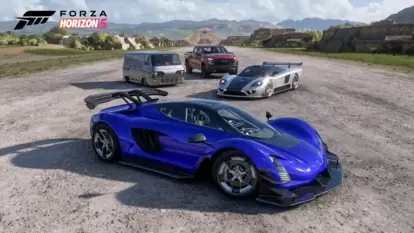Former ISRO chief looks to the future as Chandrayaan-3 mission nears lunar touchdown
As Chandrayaan-3 mission nears lunar touchdown, former ISRO chief K Sivan shares insights on future space missions and India's evolving space ambitions.
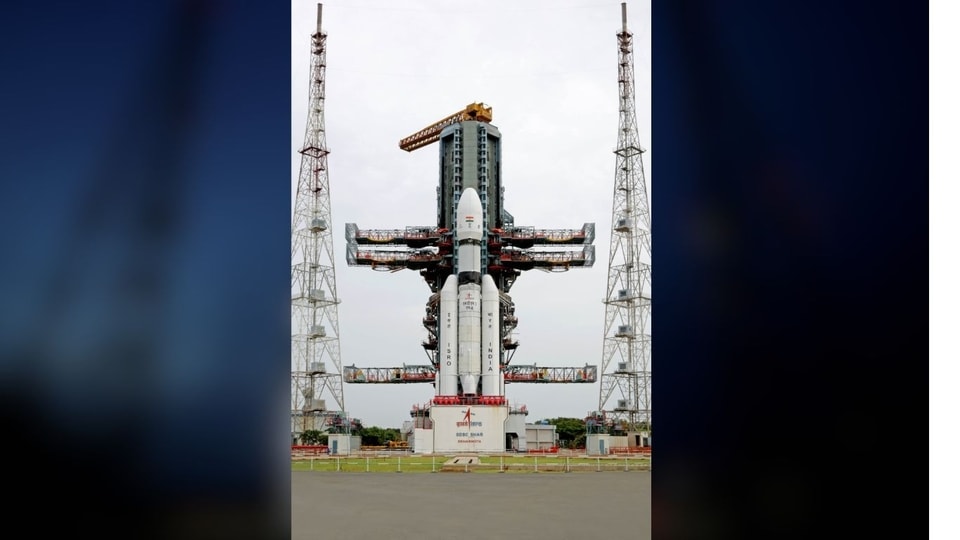
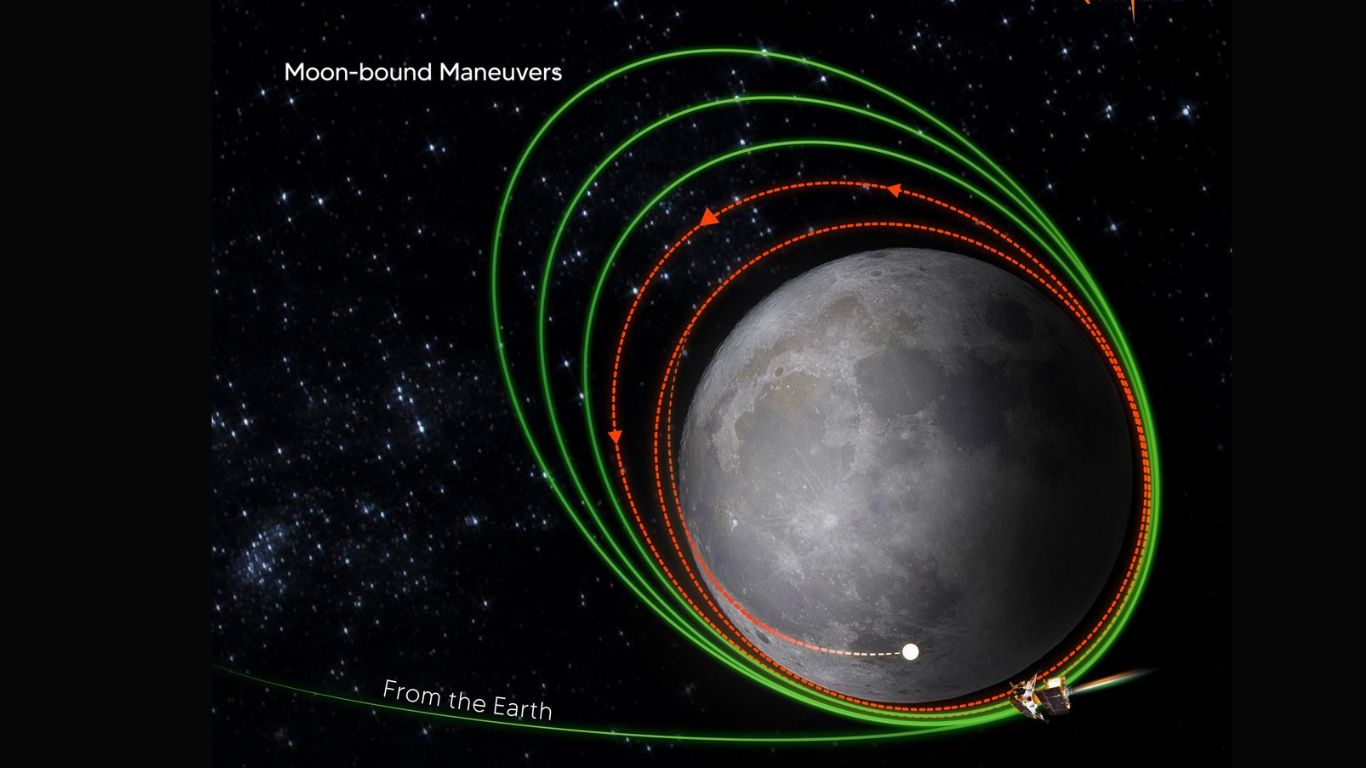
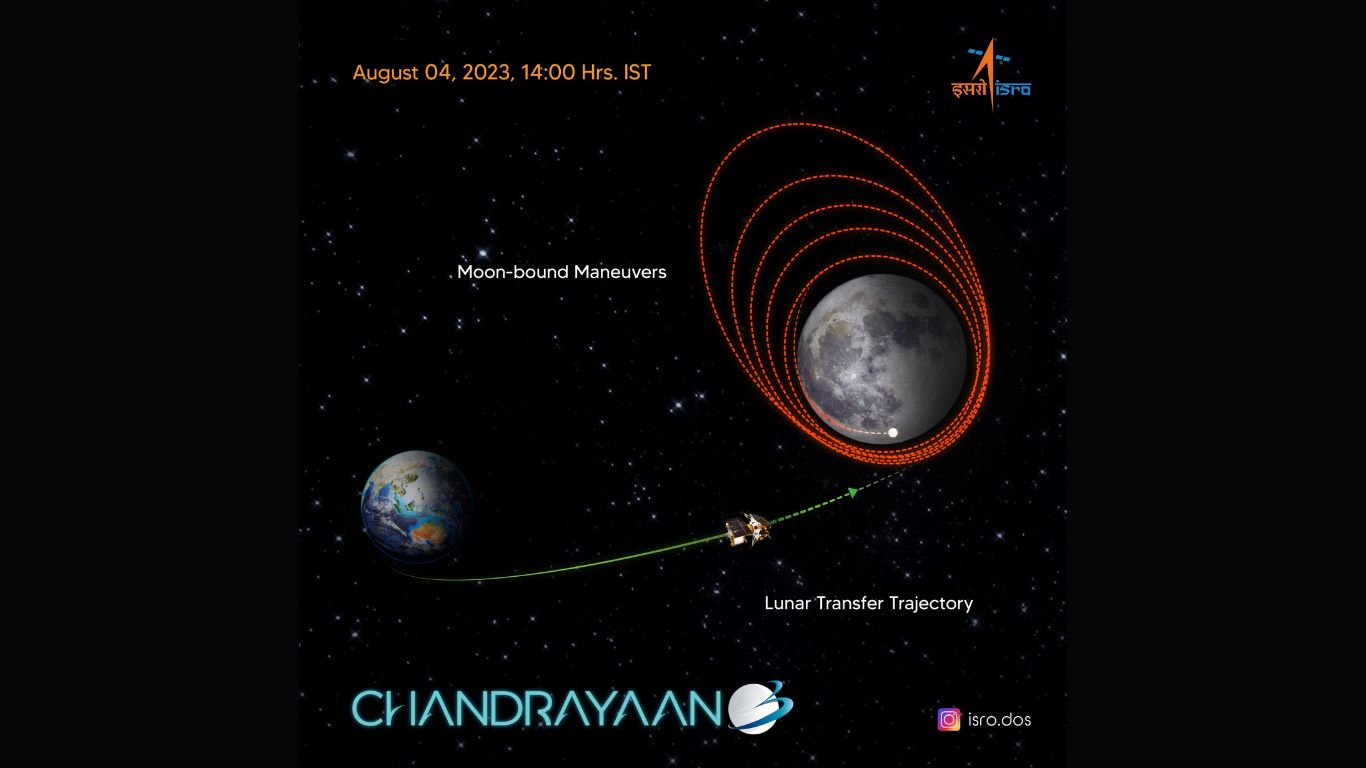
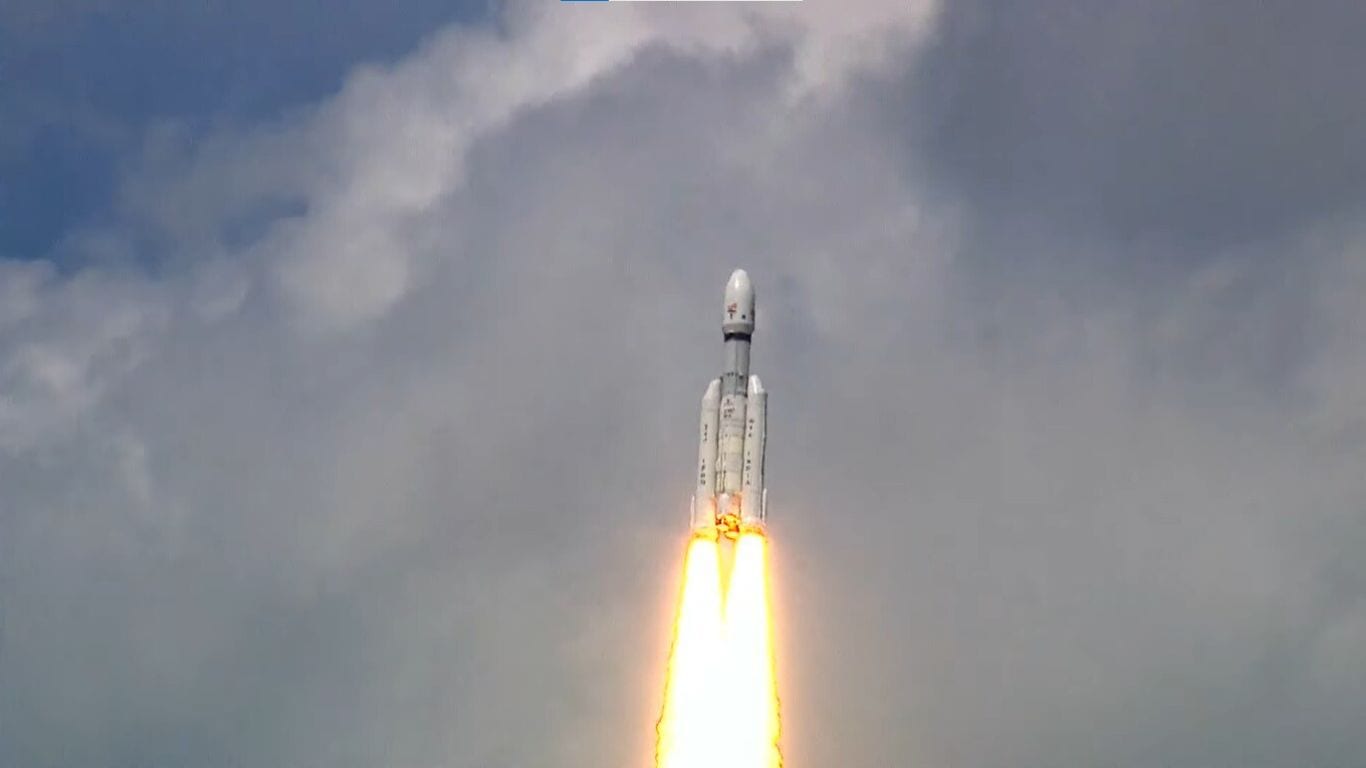
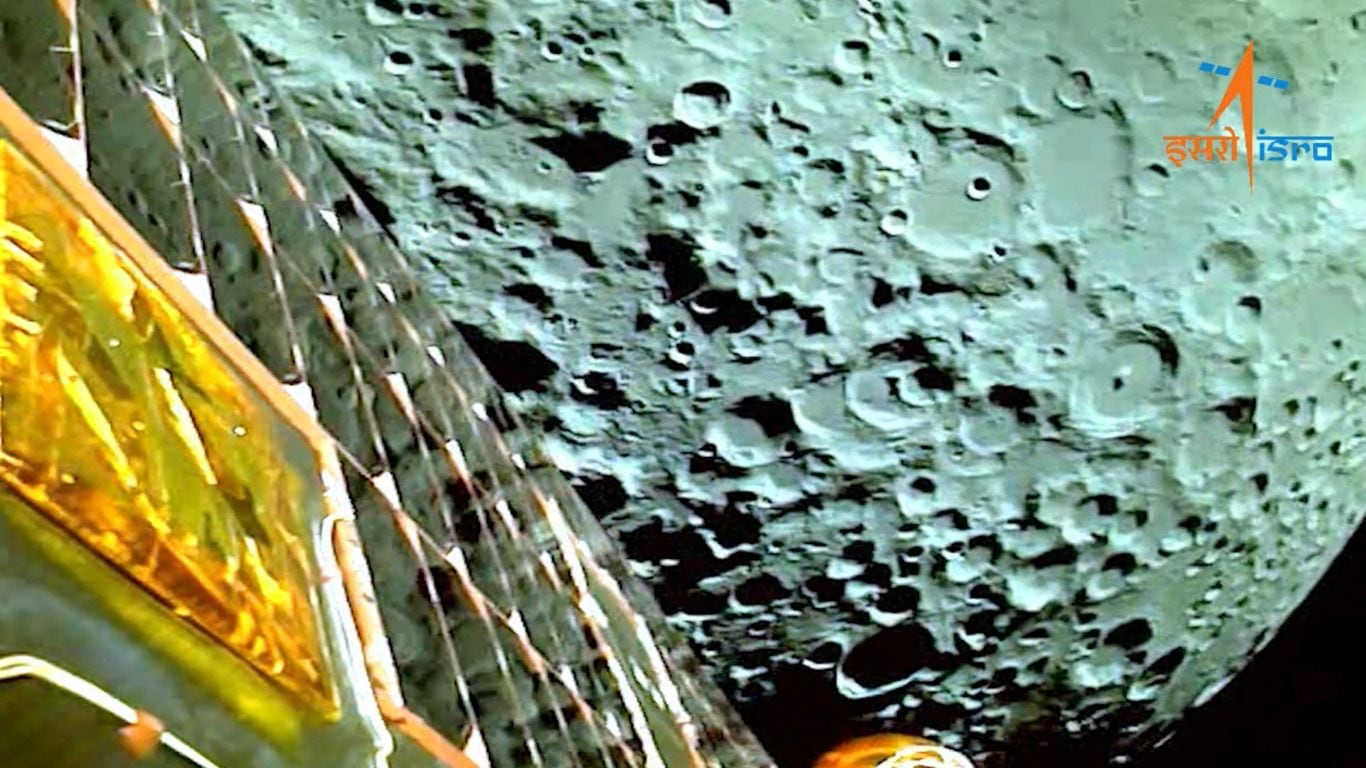
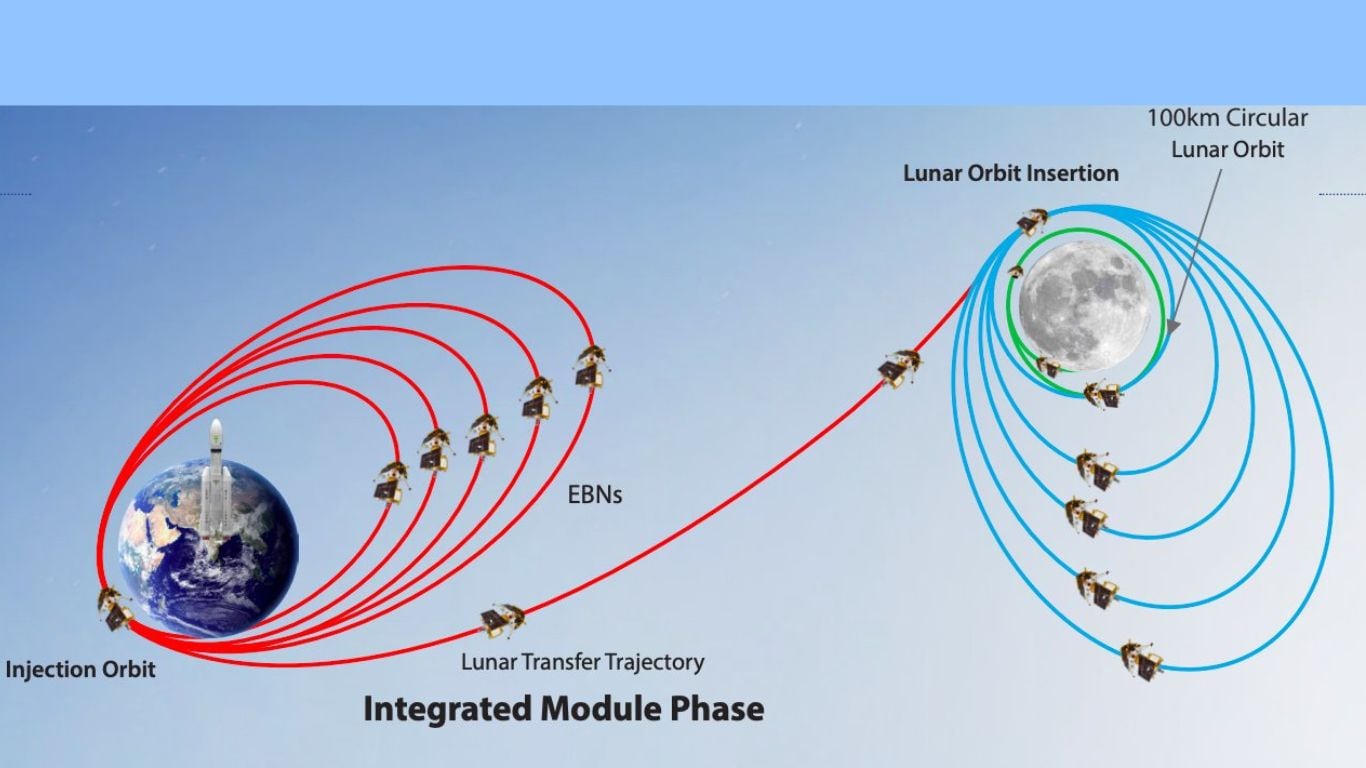
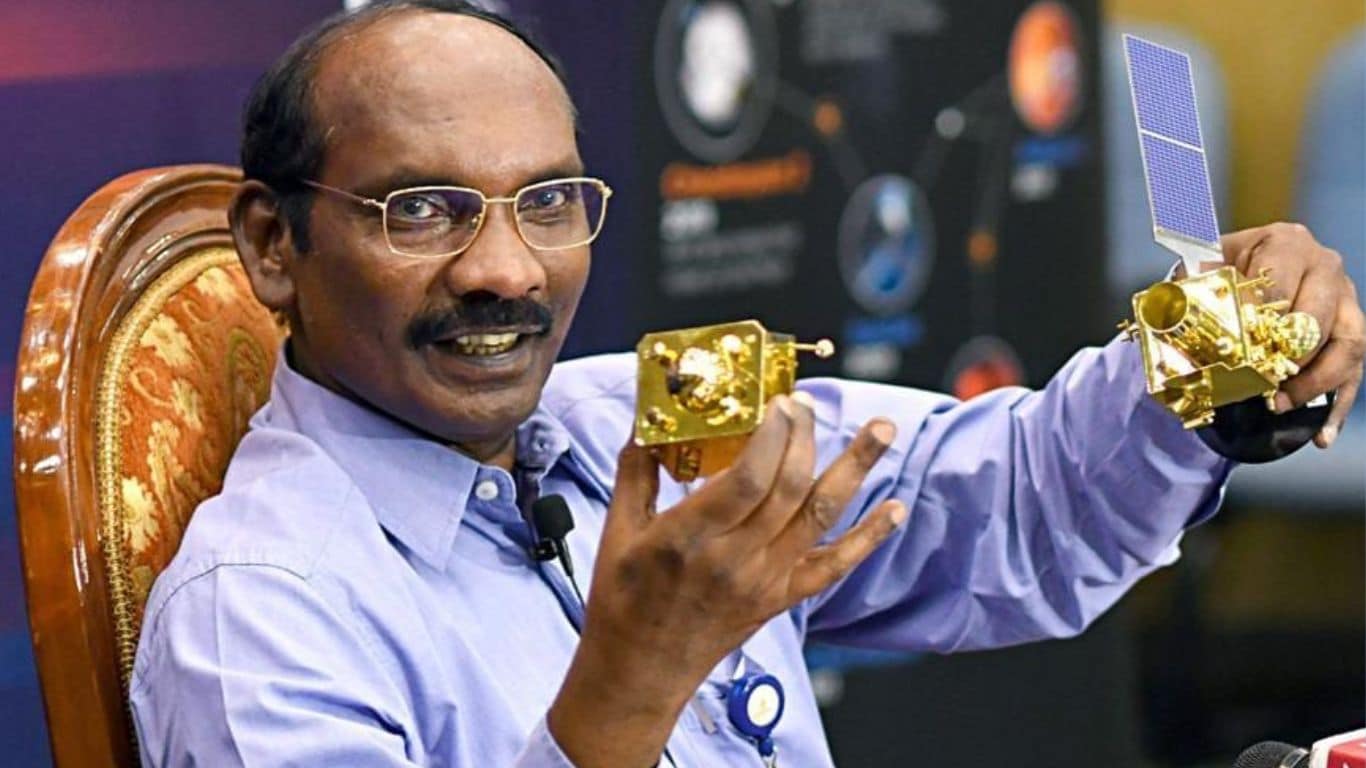
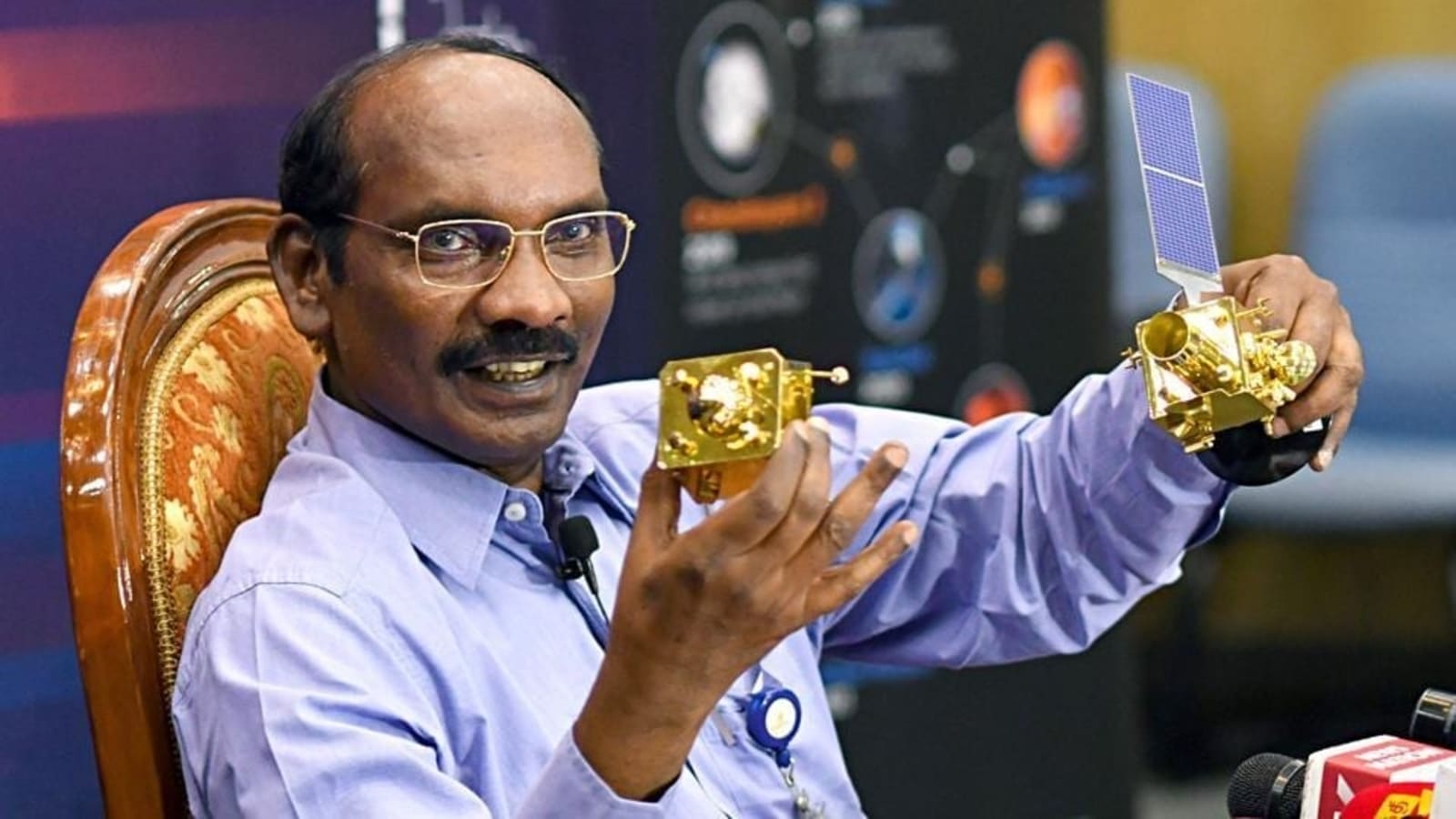
 View all Images
View all ImagesAs Chandrayaan-3 inches closer to its lunar touchdown, former ISRO chief K Sivan has shared his thoughts on future space missions. Chandrayaan-3, a continuation of Chandrayaan-2 mission, aims to showcase India's capabilities in safe lunar landings and lunar exploration. It's equipped with a propulsion module, lander module, and a rover to test new interplanetary technologies.
The propulsion module carried the lander and rover to a lunar orbit 100 kilometres above the moon's surface. It also carries the SHAPE payload to study Earth from the moon's orbit. The mission's goals include demonstrating a safe landing, rover exploration on the moon, and conducting on-the-spot scientific experiments.
K Sivan's Vision for India's Space Future
K Sivan, the former ISRO chief, emphasised the need for more substantial funding and larger and advanced rockets in the future. He said frugal engineering alone wouldn't suffice and that India should invest in powerful rockets and advanced technology. He praised the government's decision to involve private industries in space activities, noting their growing interest and potential for high-end technology projects, Sivan told NDTV.
ISRO's Landing Challenge
On the other hand, S Somnath, ISRO chairman, highlighted the challenge of transitioning the lander from a horizontal to a vertical position during landing. This is a critical moment as the lander's velocity drops from as high as 1.68 km per second. He stressed that this transition to a vertical position was where Chandrayaan-2 faced difficulties, Business Today reported.
Luna 25 vs. Chandrayaan-3
Interestingly, Russia's Luna 25 spacecraft, which launched nearly a month after Chandrayaan-3, is set to attempt a soft landing on the moon's south pole on August 21, two days ahead of Chandrayaan-3's scheduled Vikram Lander touchdown. Luna 25's swift journey, completed in just 10 days, can be attributed to the use of the Soyuz-2 Fregat booster. In contrast, ISRO chose the Launch Vehicle Mark-III M4 rocket for Chandrayaan-3, requiring five Earth-bound orbit-raising manoeuvres before reaching lunar orbit.
In short as India's Chandrayaan-3 mission progresses towards its lunar landing, former ISRO chief K Sivan underlines the need for increased investment in space technology, larger rockets, and the promising role of private industries in the future of space exploration. Meanwhile, Chandrayaan-3 faces competition from Russia's Luna 25, which is set to achieve a swift lunar landing using a different approach.
Catch all the Latest Tech News, Mobile News, Laptop News, Gaming news, Wearables News , How To News, also keep up with us on Whatsapp channel,Twitter, Facebook, Google News, and Instagram. For our latest videos, subscribe to our YouTube channel.







